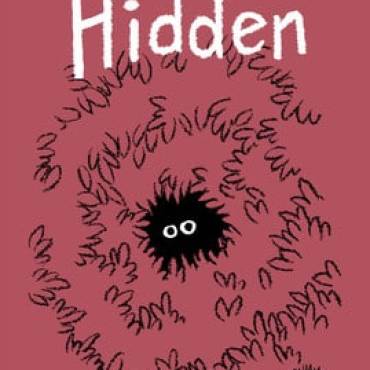News Letter of the American Nuclear Society- Oak Ridge/Knoxville Section
February, 1998 Vol. 98-1
BORON NEUTRON CAPTURE THERAPY
Dr George Kabalka and George Dillworth spoke to the Local Section about Boron Neutron Capture Therapy (BNCT). BNCT is a radiotherapy technique utilized to treat victims of glioblastoma multiforme, a virulent and lethal form of brain cancer.
BNCT was first tried as a treatment for cancer in the 1950s. It involves the injection of a non-toxic boron compound into the body. The boron is attached to sugar, which is attracted to areas of the body with high metabolism, which includes cancerous regions. The earlier tests were unsuccessful as it was difficult to focus the neutron beam, hard to localize the boron in cancer cells, and it was not possible to
image the boron compound while in the body. I These shortcomings have been overcome. Today it is possible to focus the correct energy neutron beam onto the tumor site, there are better boron agents which localize in the cancerous cells, and it is possible to image the boron agent inside the body using boron MRIs.
American reactors currently conducting experimental treatments of patients utilizing BNCT are the Brookhaven Medical Research Reactor (BMRR) at Brookhaven National Lab and the MITR reactor at MIT. At the BMRR, treatment is initiated by injecting the patient with approximately I-liter of boron phenyalaline (BPA). After I hour the patient is treated with neutrons from the reactor for about 20 minutes. The treatment is completely painless. The peak dose administered is 10.5 Gy-eq.
There are approximately 5,000 glioblastoma multiforme cancers diagnosed each year in the US. The median survival time without treatment is 3 months. With conventional treatments, such as chemotherapy and surgery, the median survival time is increased to 13-14 months. With conventional radiation treatments (not BNCT), the patient receives 30-40 radiation treatments; the median survival time is 9 months. Also, with conventional treatments the patient is sick most of the time.
The Brookhaven patients treated to date with BNCT may be segregated as follows:
9/94-2/96, 15 patients treated, median survival time 14.7 months, I side of. brain treated, 2 still alive and well;
6/96-1/97, 15 patients treated, exposure times were increased 20 %, I side of brain treated, 4 patients with large tumors died, I I still alive after 6-8 months;
5/97-present, 3 patients, irradiated both sides of brain, all still alive.
Generally the patients who had recurrence had the tumor grow back on the opposite side of the brain from the side which was treated. The quality of life for the treated patients was generally better with BNCT as compared to conventional treatments.
As has been noted in previous Acorns, the Tower Shielding Facility is being investigated for use as a BNCT Treatment Center. Cancers being investigated for treatment include glioblastoma multiforme, melanomas, colon cancer, prostrate cancer, and lung cancer.

